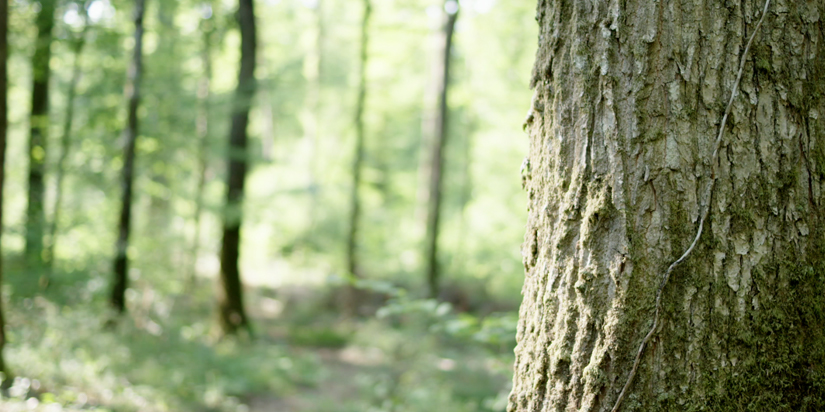The Makings of an Exceptional Forest
In previous posts, we have discussed how French oak forests are exceptionally well managed by L’Office National des Forêts (also known as the ONF) and have been since the late 1600s. Due to the hundreds of years of diligent management, the trees are tall, straight, and slow growing – characteristics that make them ideal for wine barrel cooperage.
 While all the national forests of France are well-managed, some have now leveled-up to be “exceptional”. What does that mean? Well, in 2008, L’Office National des Forêts began the Forêt d'Exception® – or exceptional forests – label and to date, it has given this designation to 15 forests.
While all the national forests of France are well-managed, some have now leveled-up to be “exceptional”. What does that mean? Well, in 2008, L’Office National des Forêts began the Forêt d'Exception® – or exceptional forests – label and to date, it has given this designation to 15 forests.
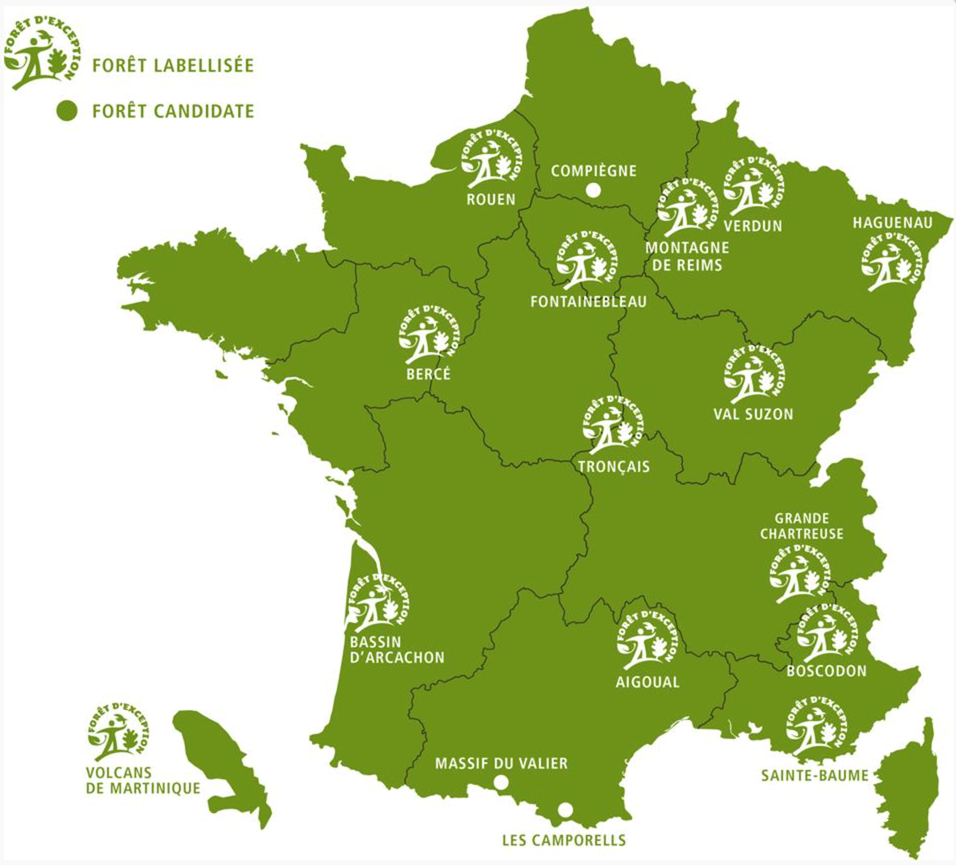 The Forêt d'Exception® label promotes the forest heritage and marks the forest as exemplary in sustainable development. The National Forêt d'Exception® Charter has ten qualifying points that outline what it means to be an exceptional forest. If you are so inclined, you can read the charter in full. The state forests of Fontainebleau and Trois Pignons were the first to receive the label on March 19, 2012.
The Forêt d'Exception® label promotes the forest heritage and marks the forest as exemplary in sustainable development. The National Forêt d'Exception® Charter has ten qualifying points that outline what it means to be an exceptional forest. If you are so inclined, you can read the charter in full. The state forests of Fontainebleau and Trois Pignons were the first to receive the label on March 19, 2012.
Now enter the Darney forest… an expansive oak forest (approx. 15,000 hectares) in the Vosges. Darney has long been a way of life for the communities located there and mills have been present in the forest for centuries. Today, this area is actively utilized by the cooperage industry due to the excellent quality of its trees. The silt and clay soil, moisture, and forest density in Darney create ideal conditions for slow tree growth, which leads to very fine grain oak. To showcase its heritage, the Vosges applied for the Forêt d'Exception® label and has just successfully completed the first stage of the process.
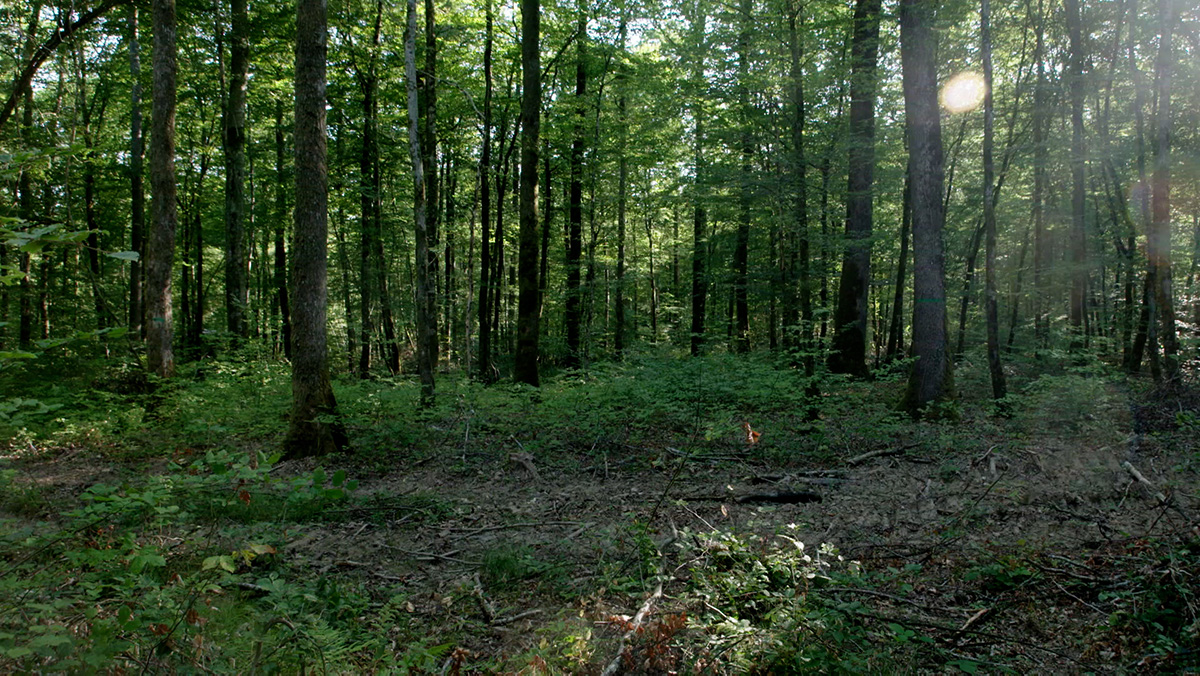
Our company-owned stave mill is in Monthureux-sur-Saône, a small town in the Vosges surrounded by the Darney forest. The mill was settled here in the 1990s due the proximity to the forest as well as the quality of the natural resources in the surrounding areas. Fun fact: the nearby town of Vittel has natural mineral spring water that is used by multiple bottled-water companies.
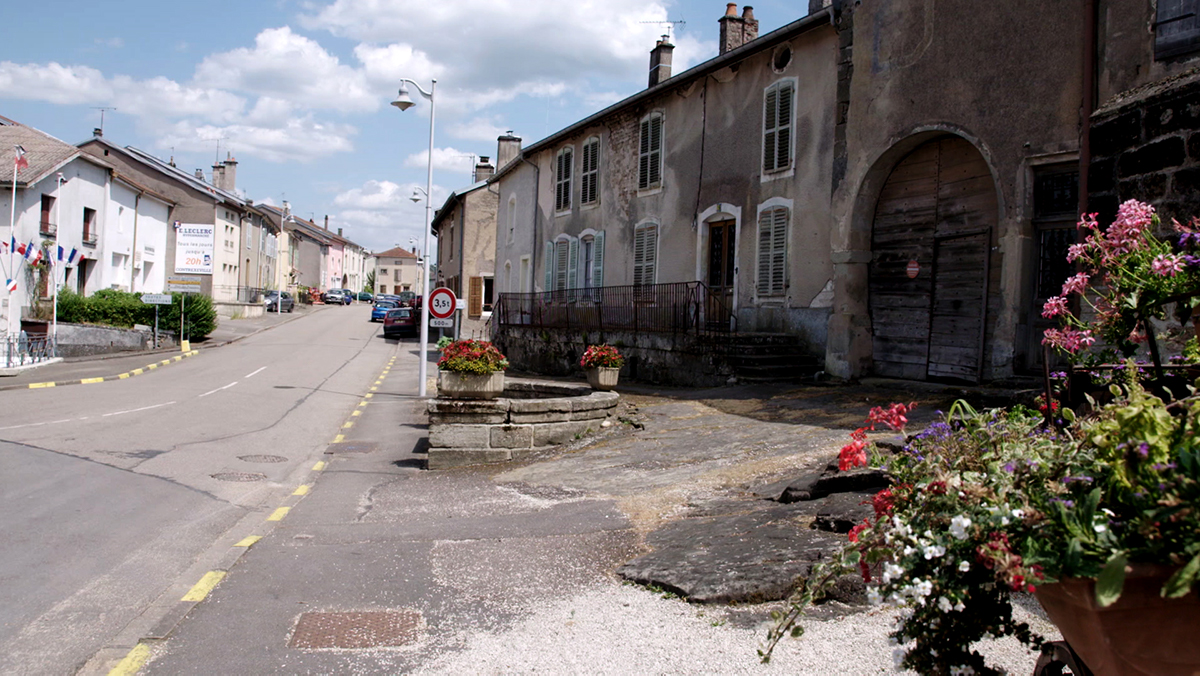
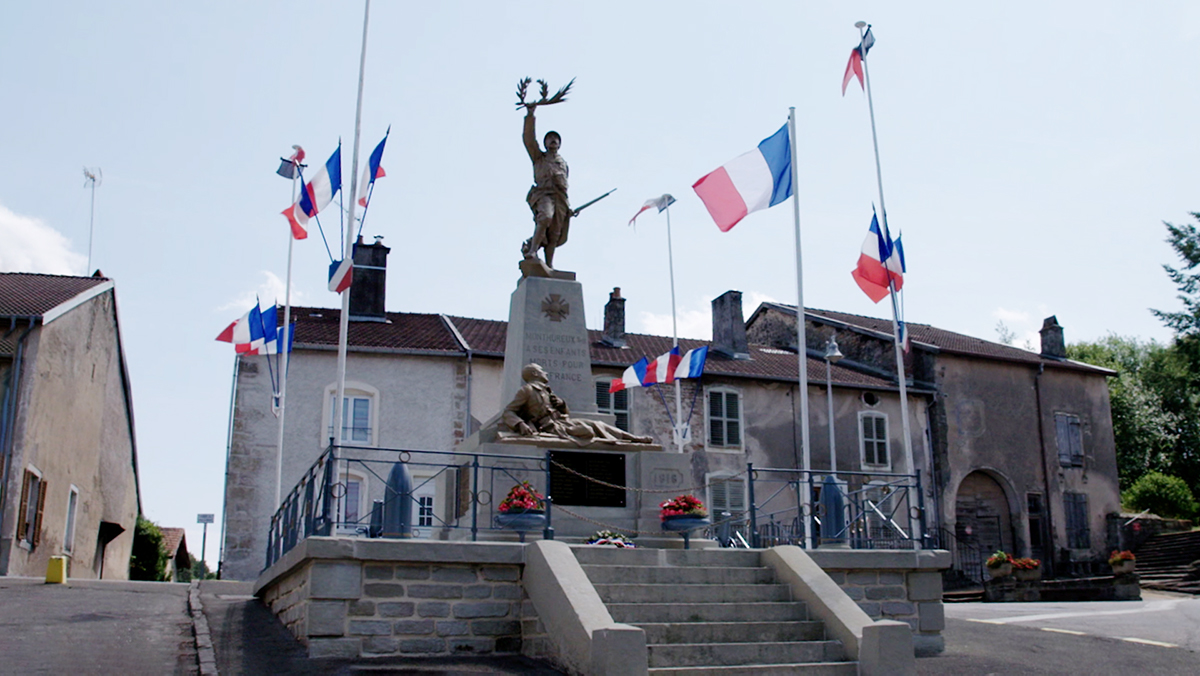
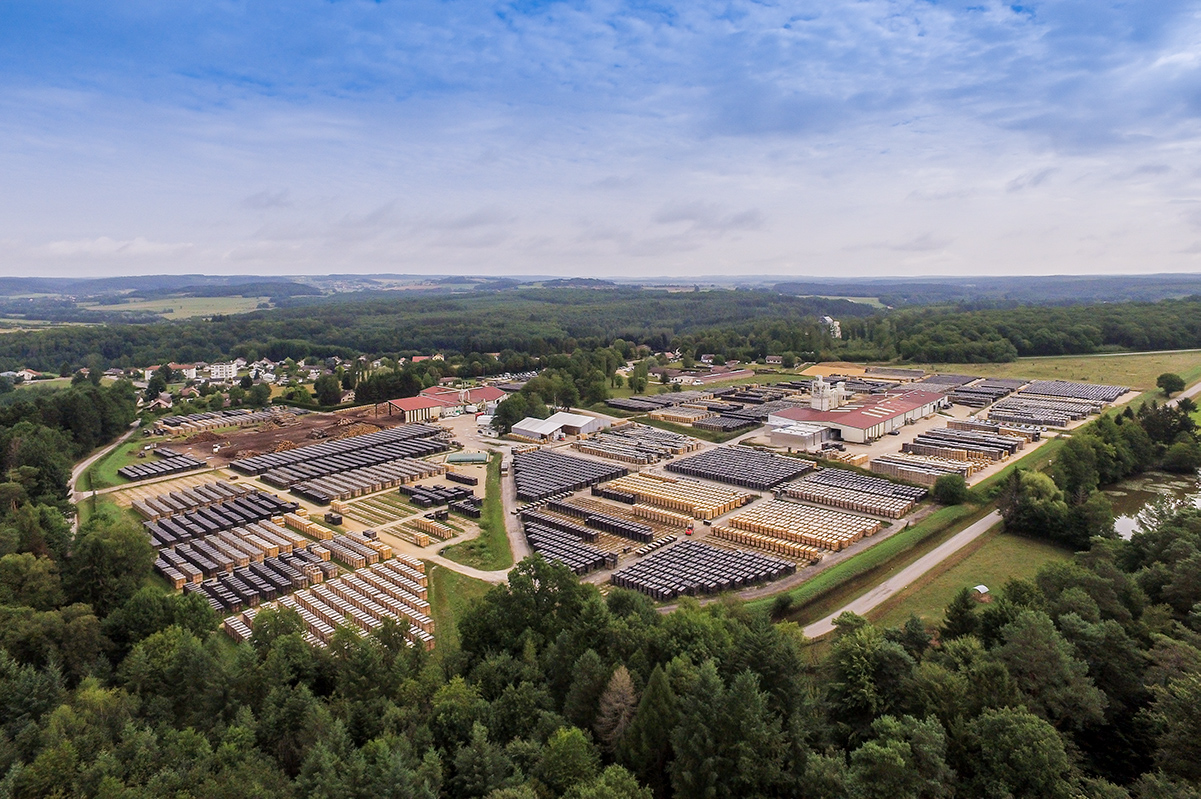
Aerial photo of our stave mill in Monthureux-sur-Saône
The entire approval process takes about two years. It evaluates the area based on several criteria such as the element of history, beauty of the landscape, the quality of the forest and lakes, the excellence of industry, and biodiversity. The selection process involves local politicians, economical actors (like our mill), forestry department (ONF), local craftsmen, historians, field biologists and more. We hope that when the selection process is completed, the Darney forest will be recognized among the most beautiful French forests, just like the forest of Fontainebleau, or that of Tronçais in the Allier. Stay tuned for future updates on the process!
- Learn more about Forêt d'Exception®
- Read local coverage of the selection committee’s visit to the area, including our stave mill.
Share this Post

